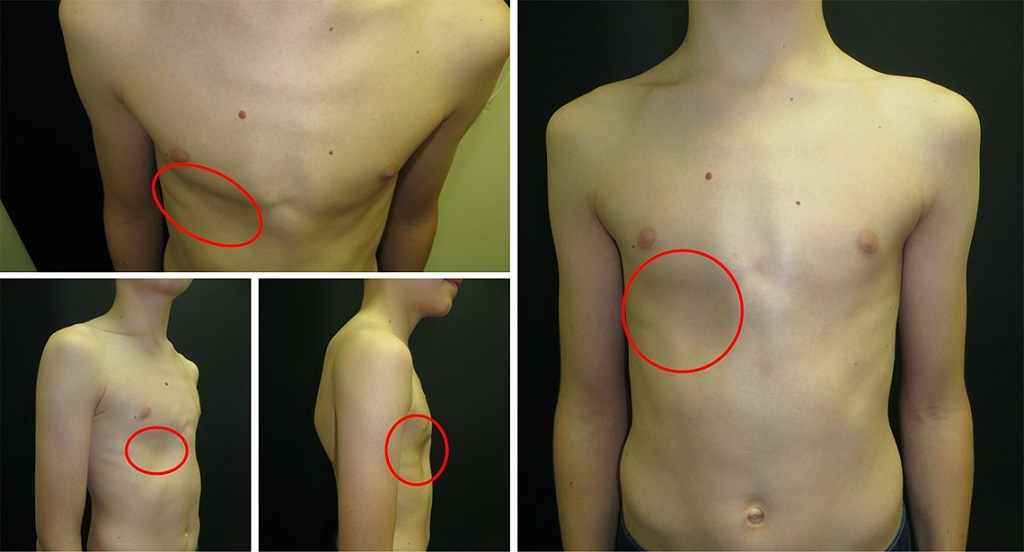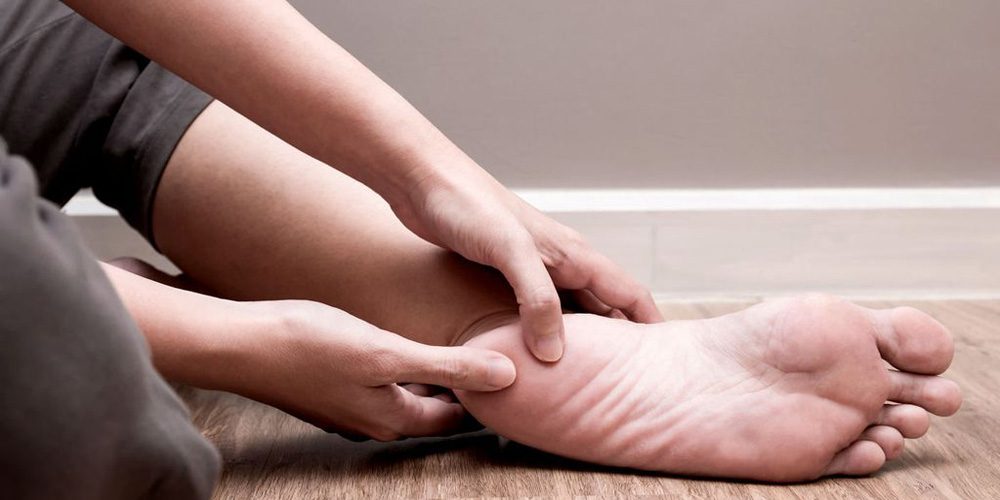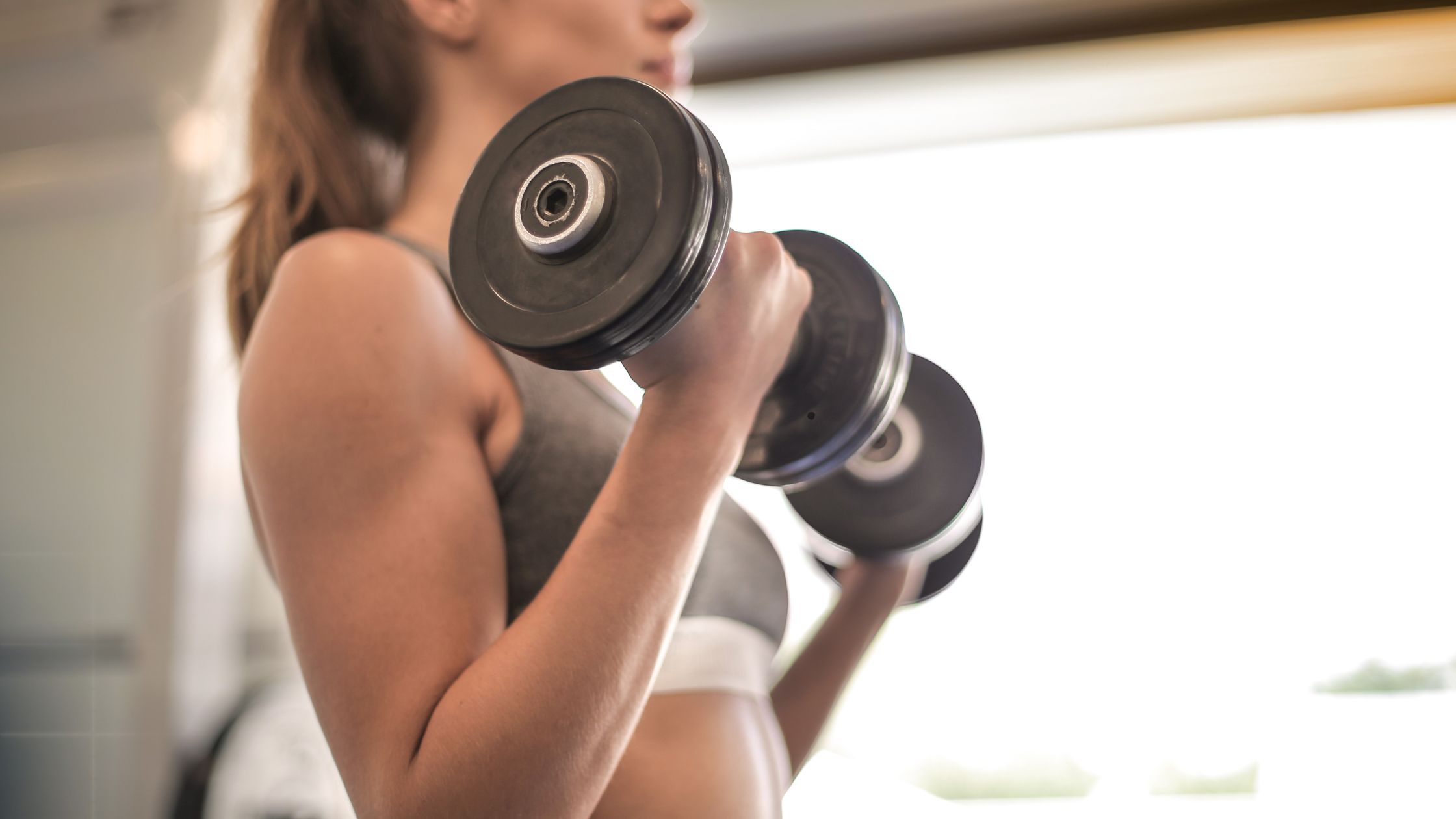Achieving fitness, improving health, and losing weight can seem like a daunting task, but with the right approach, it’s entirely possible to reach your goals sustainably. This guide provides practical, science-backed tips to help you get fit, maintain good health, and shed unwanted pounds—all while fostering long-term habits that benefit your overall well-being.
Understand the Basics of Weight Loss
Weight loss occurs when you burn more calories than you consume, creating a caloric deficit. However, it’s important to approach this in a healthy and balanced way.
Caloric deficit: Aim for a moderate deficit of 500–750 calories per day for sustainable weight loss (1–2 pounds per week).
Balanced approach: Avoid crash diets; focus on nourishing your body with whole, nutrient-dense foods.
Build a Healthy, Balanced Diet
Focus on Nutrient-Dense Foods
Prioritize foods rich in nutrients to support weight loss and overall health:
Lean proteins: Chicken, turkey, fish, tofu, eggs, and legumes help preserve muscle mass and keep you full.
Fruits and vegetables: Packed with fiber, vitamins, and minerals, they support digestion and curb hunger.
Whole grains: Brown rice, quinoa, oats, and whole-wheat bread provide sustained energy.
Healthy fats: Avocado, nuts, seeds, and olive oil are essential for hormone regulation and satiety.
Control Portion Sizes
Portion control helps manage calorie intake without feeling deprived.
Use smaller plates or bowls.
Serve appropriate portions and avoid second helpings.
Practice mindful eating—chew slowly and savor each bite.
Hydrate Properly
Drinking water is essential for weight loss and fitness:
Aim for at least 8–10 glasses of water daily.
Drink a glass of water before meals to curb appetite.
Replace sugary drinks with water or herbal teas.
Incorporate Exercise for Fitness and Weight Loss
Cardiovascular Workouts
Cardio exercises burn calories and improve heart health. Examples include:
Running, cycling, or swimming.
High-Intensity Interval Training (HIIT), which alternates short bursts of intense activity with rest.
Strength Training
Building muscle boosts metabolism, helping you burn more calories even at rest.
Include exercises like squats, deadlifts, push-ups, and pull-ups.
Aim for 2–3 strength sessions per week.
Stay Active Throughout the Day
Incorporate movement into your daily routine:
Take the stairs instead of the elevator.
Go for short walks during work breaks.
Use a standing desk or stretch regularly if you sit for long periods.
Prioritize Sleep and Recovery
Sleep and rest are crucial for weight loss and fitness.
Get 7–9 hours of sleep per night: Poor sleep can disrupt hormones that regulate appetite, leading to weight gain.
Allow recovery time: Schedule rest days to prevent burnout and overtraining.
Manage stress: Chronic stress can lead to overeating; practice yoga, meditation, or other relaxation techniques.
Avoid Common Pitfalls
Skipping meals: This can lead to overeating later in the day.
Unrealistic goals: Set achievable milestones to avoid frustration.
Relying solely on exercise: Fitness complements weight loss, but diet plays a bigger role.
Track Progress and Stay Consistent
Monitoring your progress helps you stay motivated and make adjustments as needed.
Keep a food diary or use apps: Track meals, exercise, and progress toward your goals.
Measure beyond the scale: Consider inches lost, strength gained, and overall energy levels.
Celebrate small wins: Reward yourself for milestones without using food as a treat.
Seek Professional Support if Needed
If you’re unsure where to start or face challenges:
Consult a dietitian: For a personalized meal plan.
Hire a trainer: To create a tailored workout routine.
Visit a doctor: To rule out medical conditions affecting weight loss.
FAQs
How much weight can I lose in a month?
A healthy and sustainable weight loss is about 4–8 pounds per month (1–2 pounds per week), depending on your caloric deficit and activity level.
Can I lose weight without exercising?
Yes, weight loss is primarily driven by diet. However, combining exercise with a balanced diet improves overall fitness, helps maintain muscle mass, and boosts metabolism.
What is the best exercise for losing weight?
High-Intensity Interval Training (HIIT) is highly effective for burning calories in a short time. Combining HIIT with strength training offers the best results for weight loss and fitness.
Final Thoughts
Getting fit, healthy, and losing weight is a journey that requires patience, persistence, and balance. By focusing on sustainable lifestyle changes rather than quick fixes, you can achieve your goals while feeling energized and strong. Commit to the process, and over time, you’ll see the results you’re working toward.










